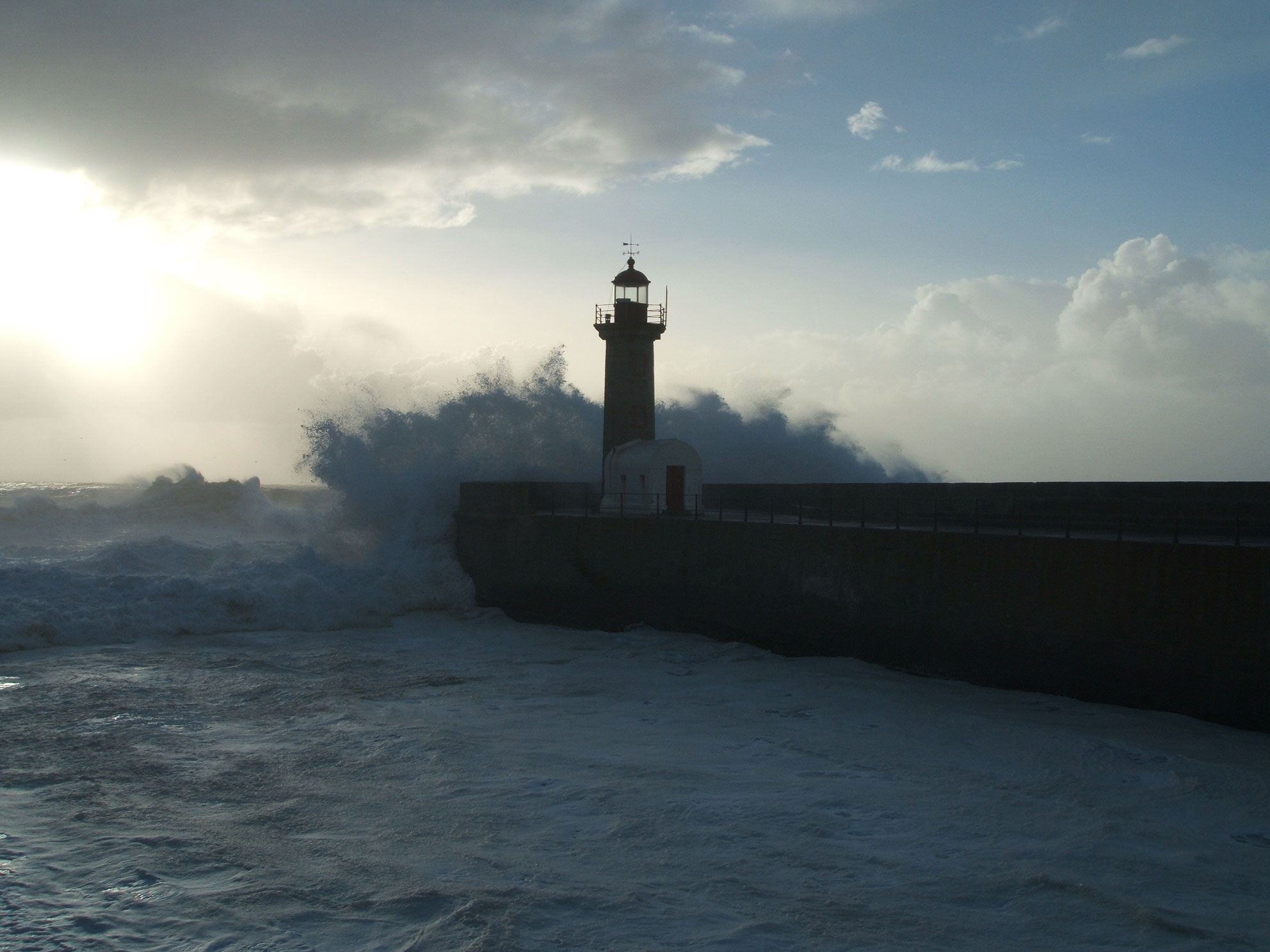Foz Do Douro on:
[Wikipedia]
[Google]
[Amazon]
 Foz do Douro (; meaning "Mouth of the
Foz do Douro (; meaning "Mouth of the
 Foz do Douro (; meaning "Mouth of the
Foz do Douro (; meaning "Mouth of the Douro
The Douro (, , , ; ; ) is the largest river of the Iberian Peninsula by discharge. It rises near Duruelo de la Sierra in the Spanish Soria Province, province of Soria, meanders briefly south, then flows generally west through the northern par ...
") is a former civil parish
In England, a civil parish is a type of administrative parish used for local government. It is a territorial designation which is the lowest tier of local government. Civil parishes can trace their origin to the ancient system of parishes, w ...
in the municipality of Porto
Porto (), also known in English language, English as Oporto, is the List of cities in Portugal, second largest city in Portugal, after Lisbon. It is the capital of the Porto District and one of the Iberian Peninsula's major urban areas. Porto c ...
, Portugal. In 2013, the parish merged into the new parish Aldoar, Foz do Douro e Nevogilde. The population in 2011 was 10,997, in an area of 1.88 km2. It became a parish in 1836. It is located in the western part of Porto, next to the mouth of the Douro
The Douro (, , , ; ; ) is the largest river of the Iberian Peninsula by discharge. It rises near Duruelo de la Sierra in the Spanish Soria Province, province of Soria, meanders briefly south, then flows generally west through the northern par ...
river and the Atlantic Ocean
The Atlantic Ocean is the second largest of the world's five borders of the oceans, oceanic divisions, with an area of about . It covers approximately 17% of Earth#Surface, Earth's surface and about 24% of its water surface area. During the ...
.
History
The first king of Portugal, Afonso Henriques, donated a chapel in São João da Foz in 1145. In the 13th century the chapel became part of the Benedictine monastery of Santo Tirso. The borders of the parish, called Couto da Foz, were limited by the city of Bouças (Matosinhos) in the north and Porto, to the east.References
Former parishes of Porto {{porto-geo-stub